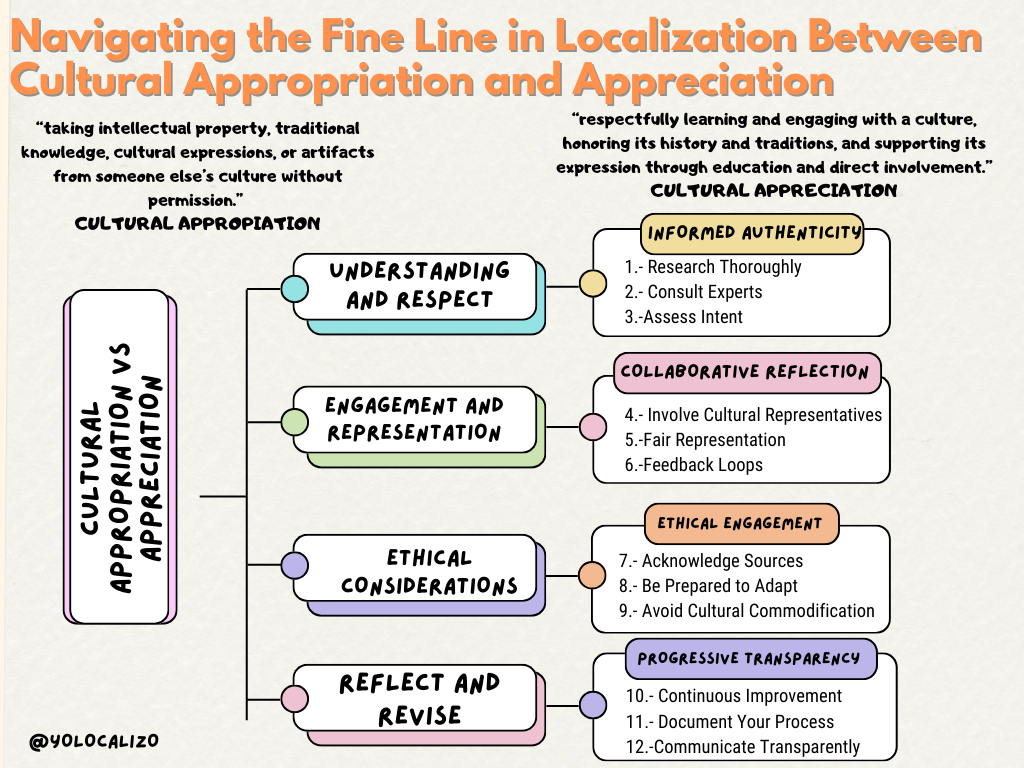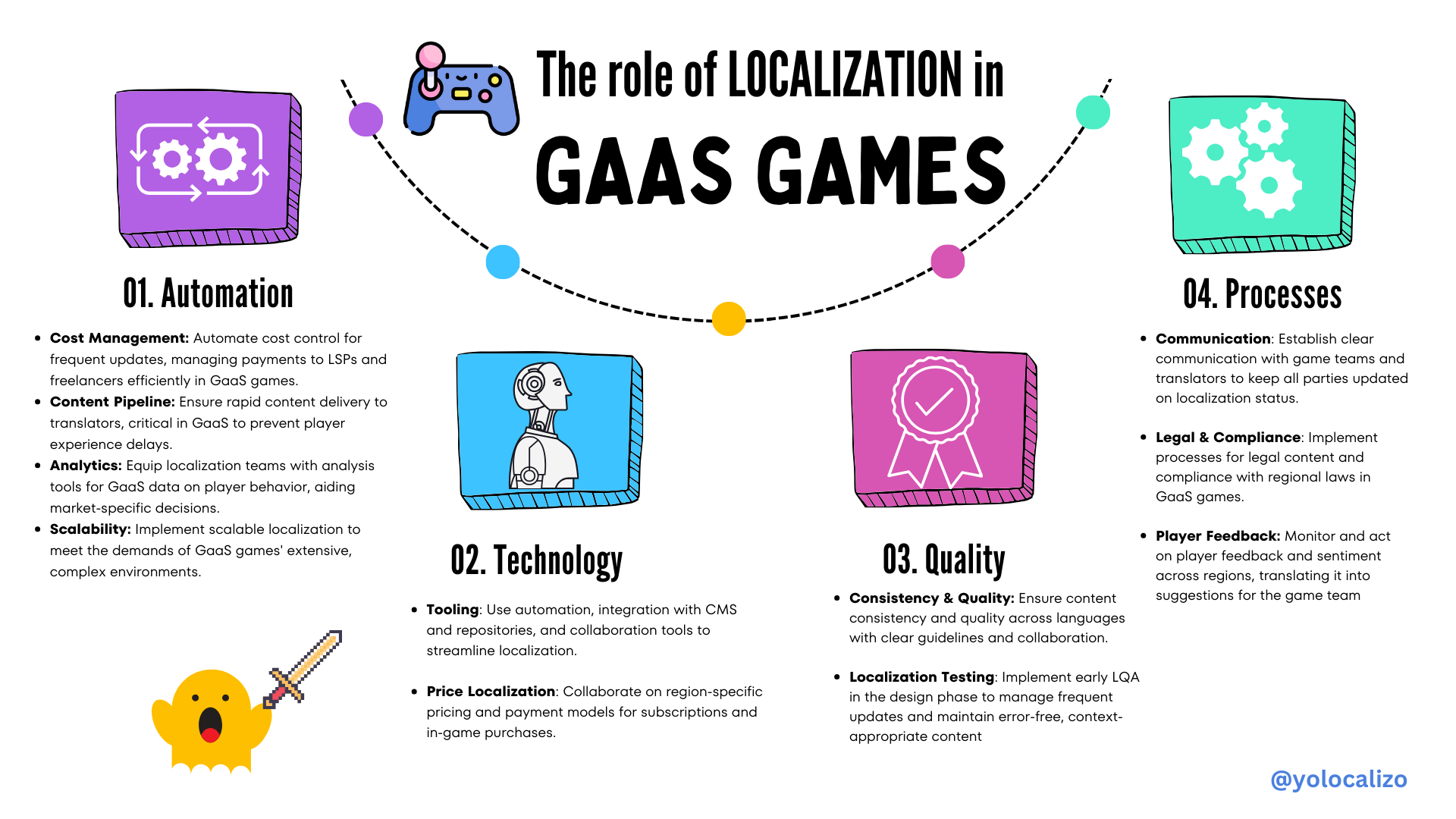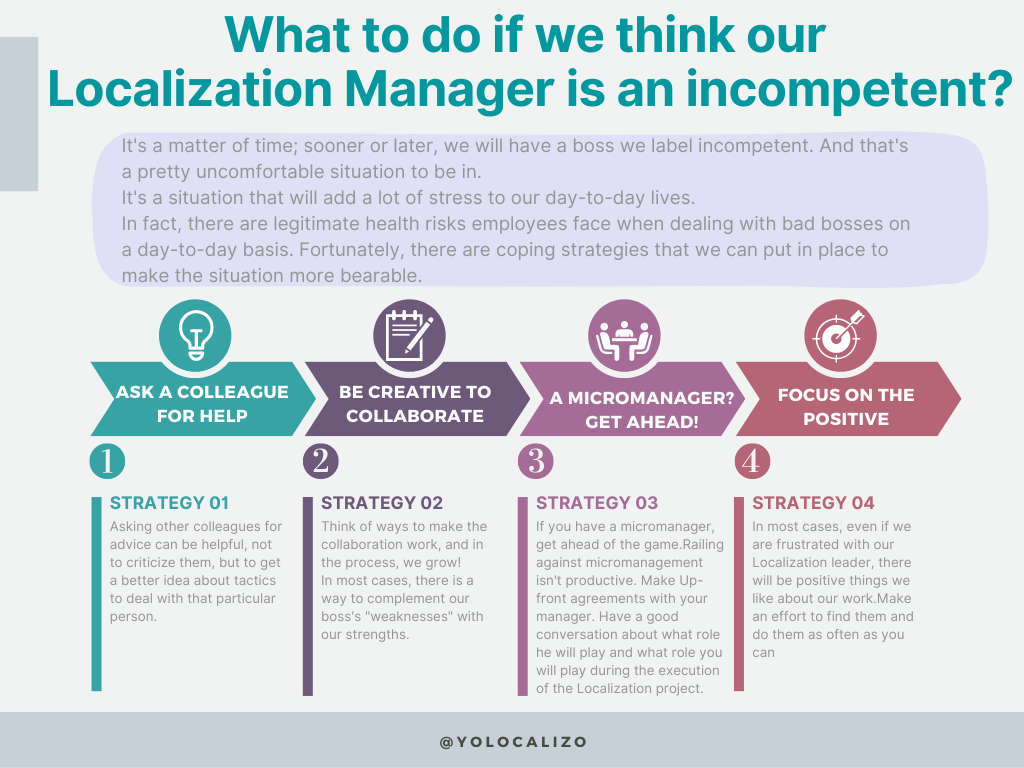How does a transcreation professional work?
My favorite discipline within the Globalization industry is transcreation.
It combines unique skills such as product knowledge, understanding of the local culture, and what is trendy at that moment and in that market. It is also necessary to have a broad knowledge of the language. I see it as a very creative job, and on many occasions, some campaigns make me smile.
I imagine that this is something that, for most people, goes unnoticed. This is one of those cases related to being a bit nerdy/geeky about aspects related to working in the industry I belong to; however, when I see a well-thought-out campaign, it brings a smile to my face.
In the summer, when I was working from the coastal area of Valencia, I found it funny to see this JB ad on the bus shelters where they played with the idea of the "esmorzarets" /brunch. The esmorzarets is deeply rooted in Valencia's traditional culture, while the brunch has been more novel in recent years.
Another recent example I liked was the Apple marketing campaign when they recently presented the new iPhone and Apple Watch.
When I saw, in this case, the Spanish copy of the Apple Watch as "Progresa saludablemente", I could not help but have a flashback to my days as a primary school student in which one of the possible grades I could get was "Progresa adecuadamente". These parallels and the ability to create creative copy make transcreation one of the localization/marketing industry disciplines most appealing to me.
During my career as a Localization professional, I have had the opportunity to see how transcreation tasks are performed either as a Localization service provider or as a buyer. I want to cover that in the following paragraphs in this week's blog post.
How Transcreation Differs from Marketing Translation
Before illustrating how a transcreation professional works, I want to take a step back and start with the basics. In this case, I first want to clarify that marketing translation and transcreation are different.
Adapting a campaign for different markets differs from creating a campaign for your home market.
Marketing translation is a specialty carried out by linguists who specialize in marketing material. These translators use the source content as a reference but adapt elements such as turns of phrase, jargon, jokes, etc.
Transcreation has an approach that shares some similarities in that it also involves adapting the content to sound natural and correctly understood by the target audience. Still, it does so in a very different way. When transcreation work is carried out, the source content is analyzed, and the key message that the content is intended to deliver is extracted and then recreated in a much more "free-style" way.
In other words, in the marketing translation discipline, the source content of the marketing campaign is followed, while in transcreation, creatives are given a license to go free-style, even if that means moving away from the style of the original campaign.
Transcreation is about creating content that resonates with a new audience.
It is a term coined from the words "translation" and "creation" It's a concept used in Localization to describe the process of adapting a message from one market to another".
Another big difference in understanding the differences between marketing translation and transcreation is characterized by the skills and type of specialist working on such projects.
Usually, people or agencies who provide transcreation projects are copywriters, not translators,
Another big difference is that projects more related to Localization, such as marketing translation, are paid per word, which in the transcreation world changes dramatically since the typical way of billing is by the hour.
Billing per word when the objective is to produce creative content does not truly reflect the work a creative professional must do to recreate a campaign from one market to another.
How do transcreators work?
Click HERE to download the infographic
Having clarified the main differences between transcreation and marketing translation, it is now time to describe how they work and to illustrate what a "typical working day" in the life of a transcreator might be like.
Client request
The client contacts the freelancer or creative agency that he considers has the necessary skills to execute the project.
Proposal
After analyzing the scope of the project, its complexity, and its timeline, the freelancer or creative agency prepares a quote specifying the cost of the service and the expected deliverables.
Client briefing
Once the client has reviewed and accepted the quote, it is time to provide the reference material.
Here the more context the buyer can give to the provider, the better.
Content, key messages, ads, images, details about the markets to be penetrated, and what kind of brand recognition is expected are all aspects to be included in the briefing.
Research
In this phase, the research work by the transcreation professional starts. It is the moment to analyze all the material provided and to start thinking about how to recreate the campaign. This moment is essential to create alignment, so if some doubts or aspects need to be clarified, this is the moment to solve them.
Idea proposal
After researching different aspects such as tone of voice, demographics, trends, etc. the moment of truth arrives. It is time to present the proposals to the client. Since this is creative work, the recommendation is to offer several options so the client can choose the one that best suits the brand image they want to project.
Creative work is highly subjective; for this reason, presenting 3-4 ideas is a good best practice for the client to choose the one that is most aligned with the brand's objectives.
Feedback proposal and final delivery
Once the client has reviewed the proposal, they will have feedback and ideas to improve the proposal sent. During this feedback proposal phase, the ideas are incorporated into the final deck, and the final delivery is made to the client.
Postmortem
In large or somewhat recurring projects, there is usually a post-mortem phase. Where the client and supplier sit down and talk about the lesson learned. In such meetings, they look "backwards" but the real focus should really be on learning from the past to improve in the future. These key learning points provide great value in improving the collaboration and impact of these campaigns. Something important to consider also during this postmortem phase is to analyze changes that the final client may have made in the final deck. Understanding what has been changed and why the client has decided to make these last-minute changes is vital for establishing a more dynamic relationship, as it will help align expectations and increase the supplier's know-how about what is really important to the buyer.
Summary
Transcreation helps you better connect with your target audience in your local markets and enables you to create messages and experiences genuinely tailored to your potential customer needs.
Transcreation is much more than translating messages or retouching images; transcreation is all about creating new content that captures the brand voice and message for an entirely new market, recreating the experience for a specific culture.
Transcreation is utilized for emotional content, so a company can have an emotional connection with customers; these customers become brand ambassadors who recommend the brand to their friends and family; moreover, these customers are more loyal and remain loyal to the brand for a longer time, and this is the dream of all marketers, happy, loyal and engaged customers.
















Every decision a team makes affects not only a digital product's accessibility but also how easily it can be adapted to different markets. Therefore, everyone involved in creating software can help improve both accessibility and localizability. Accessibility is a core consideration in software development and must be integrated into the entire process. The same applies to localization. The best time to consider localization is during the product's ideation phase. The sooner we start thinking about adapting experiences for different markets and making the product usable for as many people as possible, the better. Taking advantage of this week's Accessibility Awareness Day, this post explores how accessibility and localization can join forces to remove barriers.